Why risky play is so important for kids – and such a challenge for parents
Risky play is hard to endure for adults – I know!
I am sitting on my picnic blanket, watching my daughter and her friends play with sticks. It starts very tamely, but the longer this goes, the wilder they get. I know they will get hurt any minute. Every part of me wants to go there and say: Be careful. Stop this nonsense. Put away the sticks and play something where you don’t run the risk of getting hurt. But I force myself to keep watching without interfering because in the end, what could be the worst thing that happens. A small cut, a bruise – not the end of the world. And I have made it my new mantra to let my child make her own decisions, as long as they don’t seriously endanger her or other people.
And of course, I was right – after 5 more minutes of playing swords with their sticks, my daughter’s friend misses the stick and hits her on the arm – there even is some blood. I expect drama and screams, but no. She stays calm. It’s nothing serious, just a light abrasion, and after talking for a while, they keep playing, but much calmer. In the evening I ask her what happened, and this is what she told me: My friend missed and hit me, so I got hurt a bit. But it was not bad, and she apologized, and then we decided to just make sure we tell each other where we want to hit next so that we were able to get our sticks up for defense. It was so much fun, we were two knights fighting over a castle we both wanted. She kept telling me about their game for a while, and the small accident was not a huge concern. And I realized – they figured it out themselves, and by doing so, they learned so much. They learned to identify risks by themselves. They learned to take responsibility for their behavior. And they learned to find a solution to make the situation better for themselves – all without my involvement. I was so glad that I did not give way to my urge to interfere and take the risk away before there were consequences – the consequences were crucial.
Risky Play for children is an important part of their developmental journey – but letting our kids take risks can feel detrimental to our urge to keep them safe. In today’s world, much more emphasis is put on keeping kids as safe as possible, instead of letting them take risks for themselves. Obviously, we do this not to take something from them, but to avoid that something bad happens to them. So how can we deal with this challenge? In this article, I want to talk about some ideas.
What is risky play?
When we hear the word risk, we immediately think of something negative that could happen to us or our children. We have to distinguish between risks that are too dangerous for children (i.e. traffic, weapons, situations out of their control) and risks that can actually teach them something. Something might happen, but the worst outcome is still not catastrophic.
Risky play in broad terms is played with an uncertain outcome. You can say there are six different “kinds” of risky play:
- Play with heights (i.e. climbing trees)
- Play at high speed (i.e. riding a bike really fast)
- Play with tools (i.e. with a stick)
- Play with or near elements (i.e. water, fire)
- Play with a risk of getting lost (i.e. play hide-and-seek in the forest)
- Rough Play (i.e. play fighting)
As a parent or caregiver, you always have to decide if a form of play is too risky. A good question to ask oneself is this: What is the worst that could happen? If it is minor, it is probably ok to let the kids try it. If there is the risk of serious injury or death, that would not be such a good idea.
It still is our task as caregivers to keep our children safe – without smothering them though.
Why is risky play for children so important?
Risk-taking is an important characteristic for success – how many times have we heard that successful entrepreneurs take risks and thus have extraordinary outcomes. But how can you learn responsible risk-taking? This starts in childhood. Risky Play for children is an important step in their development, as they can learn how to assess a situation, what their own boundaries are, and how they can solve problems. Particularly during outdoor time, risky play is crucial for development.
Related: The benefits of outdoor play for children
When something is risky, it is also more interesting for children, so they will much more likely engage. We all remember how tempting it was as a child to do exactly those things that we were not supposed to do – safety is boring.
Studies have shown that risky outdoor play has increased independent play, well-being, and prosocial behaviors. Engaging in risky play can even decrease the risk of injury, as children learn their own boundaries and get to know their own bodies when they are able to try things. Risky play can also boost self-confidence, resilience, and risk-management skills.
The cursed “Be careful” – and how we can avoid it as caregivers
Knowing the benefits of risky play and letting kids run free to some degree is one thing – actually acting on it and letting them do it is another. Often, our own fears get in the way and we interfere when it would not be necessary. Again, there surely are situations where parental interference is crucial and not every risk is ok to take, but there are many situations where the worst possible outcome is nothing more than a bruise or a broken glass. So, what can we do about this?
One thing is to stop saying “Be careful”. First of all – have you ever seen a situation where someone was more careful after being told so? Often, this impulse only leads to kids being distracted or losing self-confidence – but not to them paying more attention. There is a lot of great advice on how to avoid this trap, for example, this article about what to say instead of “Be careful”. Another tip is to just stop yourself for a couple of seconds before you blurt it out – often the situation has solved itself after this.
How to encourage risky play in a safe environment
To encourage children to engage in risky play without it becoming too risky, it is important that we provide a safe environment for it. If you have a backyard, you can design it in a way that is not unnecessary dangerous (like leaving open holes, sharp metal, or poisonous plants) but still offer opportunities to discover and try out new things (like climbing a tree, building a structure or space to play rough). The same goes for spaces out of our home – chose a park or hike where you are comfortable to let your kids run free and not one where the risks they might decide to take are too big.
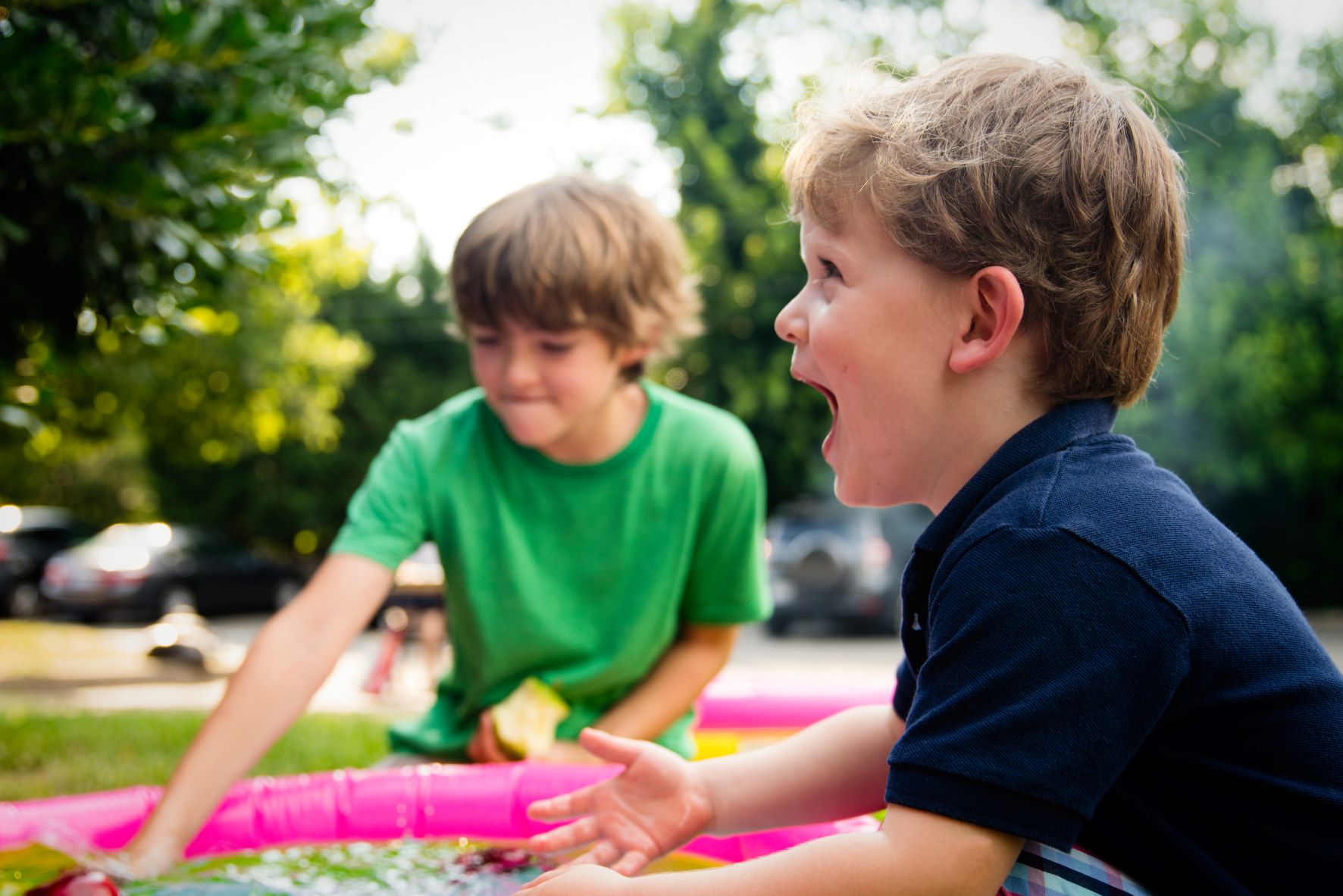 You can also talk to your children about risk-taking and risky play. A key part is for them to discover what they can and cannot do by themselves, but giving them a framework to understand and categorize their experiences and actions will actually really help them to do so. You can explain why something is risky, discuss ways of making the risk manageable and talk to them about why you do not allow them to take certain risks. The more they feel like they have agency, the more responsible they will act in the long term.
You can also talk to your children about risk-taking and risky play. A key part is for them to discover what they can and cannot do by themselves, but giving them a framework to understand and categorize their experiences and actions will actually really help them to do so. You can explain why something is risky, discuss ways of making the risk manageable and talk to them about why you do not allow them to take certain risks. The more they feel like they have agency, the more responsible they will act in the long term.
Often, a key part of providing a safe environment for safe play is also dealing with our own insecurities and anxieties. If we are scared for reasons that are not rooted in our children’s behavior, we have to work on that first to not pass these fears onto them. To give you an example of what I mean, for some reason I am terrified of my daughter falling off a cliff when we hike. There is no reason for me to believe this, she is very sure-footed and never stumbled. This is me, my own fear. When we hike along a cliff, I get so nervous that I pass this to her, so she becomes insecure. After realizing this, I decided to remove myself from these situations and work on my fear first. Now, I always ask someone else to walk with her when the path is very exposed. She has proven over and over that she can manage the risk – the problem is my fear.
What are your experiences with risky play? Do you encourage it?
Please share your experiences with us in the comments.

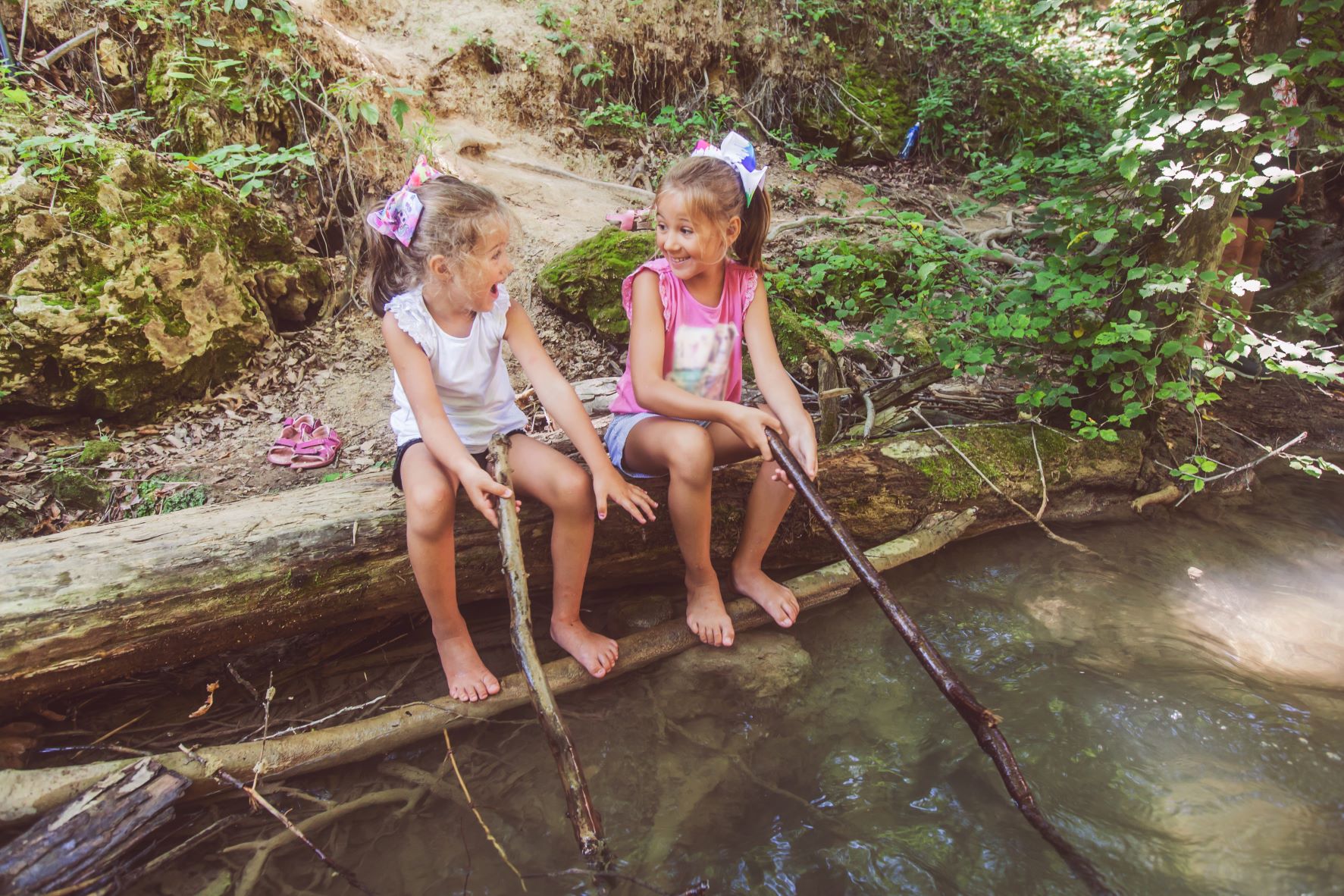
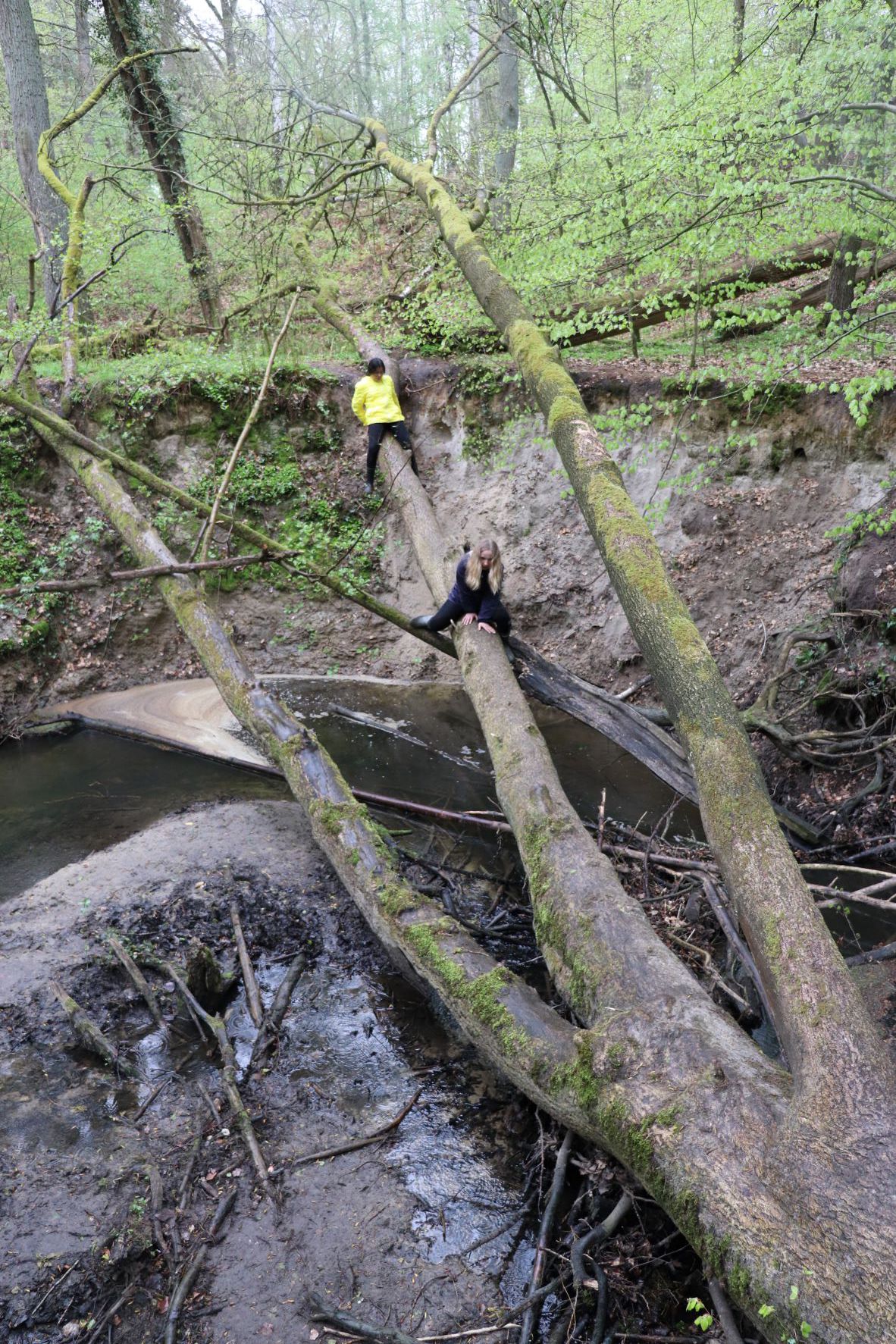


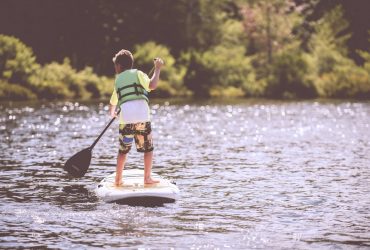
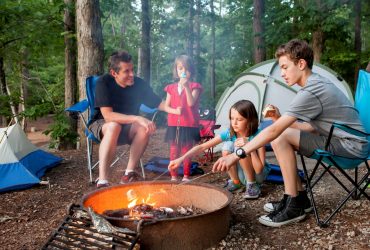
I discuss ahead of time what risks they might come across such as demonstrate how to test a branch while climbing a tree, or talk them through getting down. Also to look before jumping off something like a rock . Then let them go
This is such a great approach! I also think talking and letting them try for themselves is the best way to go about it and to make sure they learn responsible risk-taking and management for themselves! Thank you for sharing.